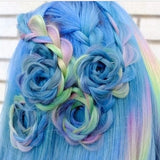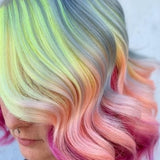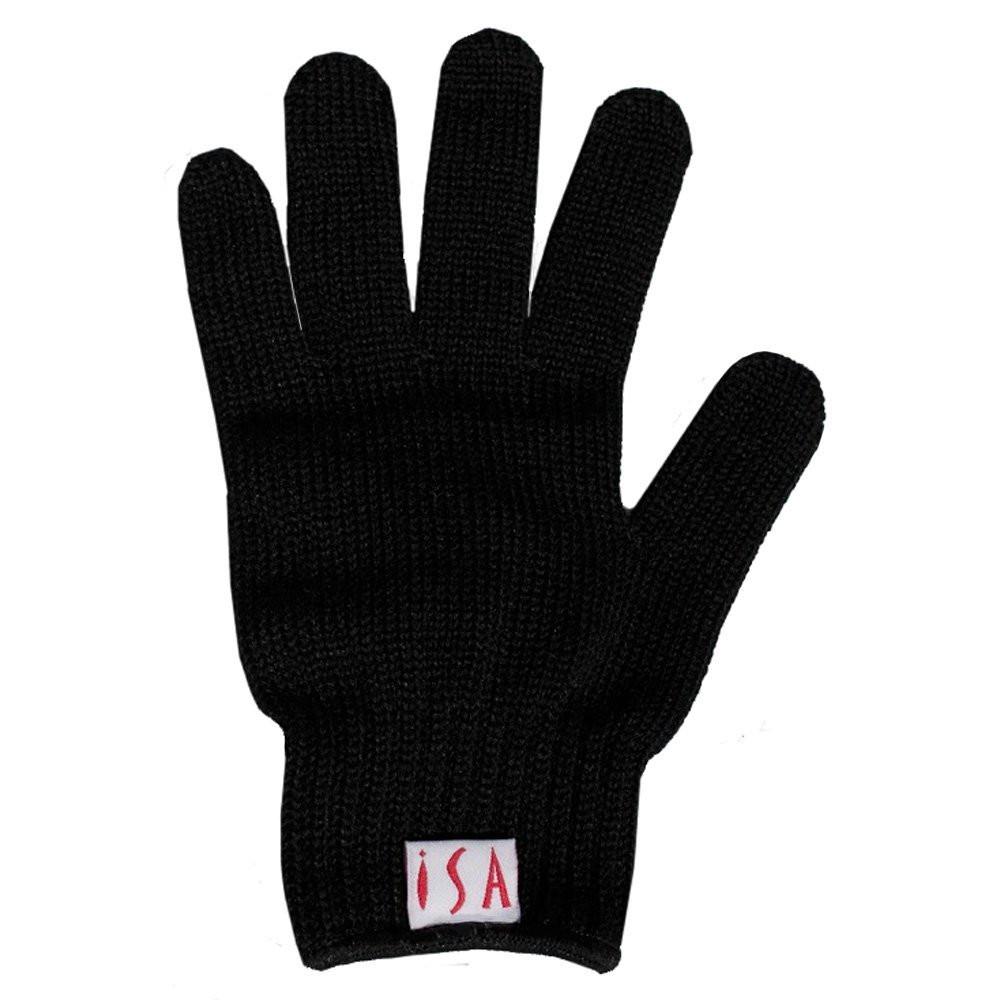Comb Your Hair The Proper Way - 4 Tips To Help You
Proper Hair Combing Tips
You may think that brushing your hair is easy and doesn't require much knowledge. Think again. In order to give your hair the care it deserves, you should be aware of how you may be sabotaging it when it comes to brushing, and not even know it. Combing your hair regularly can be beneficial because it helps spread your hair's natural oils from root to tip. It also helps aid in faster hair growth by simply massaging your scalp with your brush, after you're done combing it through. Even the brush's materials have a big impact on your end results. Below are 3 tips to help you brush your hair with ease and confidence.

1. Invest In The Right Hair Brush:
You begin by choosing the right brush for your hair type. This ensures you are treating your hair with the natural or synthetic material that works best with it. For fine hair, try to go with 100% natural boar bristles as your brush material. While this may be a bit pricey, it's a well made investment. That's because the boar hair helps make your hair naturally shinier and is gentle on your fine hair, which is so prone to breaking. If you can't get boar bristles, choose a mixed material brush instead; by having some natural boar hair mixed in with a synthetic material, you get easier de-tangling with the benefits of natural shine.
For coarser and thicker hair types, go with full synthetic( like nylon) or also go with mixed materials; they make it easier to comb your hair because of their strong, sturdy bristles. For heavy de-tangling, use a wide tooth comb to help avoid breakage. Another handy tip to remember is to allow your hair to air dry before using any heat styling tools. When using a flat iron, it's best to use a paddle brush (after brushing your hair of any tangles), since it helps with getting your hair straighter, faster. I love to use my Victorya flat iron by ISA Professional in combination with my 100% boar bristle paddle brush to get the job done right.
2. DO NOT Brush Your Hair When Wet:
Brushing your hair when it's still wet is something I admit to have done in the past, but no longer. That's because brushing your wet hair will lead to serious hair damage and breakage. Your hair loses elasticity after you wash it. Brushing it while still wet will leave you with brittle, frizzy hair. If you insist on de-tangling it after washing it, use a brush made specifically to be used on wet hair.
3. Go From The Bottom, Up:
Do not make the mistake of starting at the roots when brushing your hair, this will only cause more knots and damaged locks. The trick is to be patient. Divide and conquer. Divide you hair into three even parts, and start from the tips, slowly working your way up. This helps avoid any painful tugging or breaking. If your hair is prone to knots, use a leave in conditioner or serum to help your hair be more manageable. If you rush the process, your hair will show the consequences.
4. Clean Your Brush Bi-weekly:
You should take good care of your brush so it can continue to take good care of your hair. Wash it once every two weeks (even weekly, if you want) by swirling the bristles in a bowl of warm water mixed with a couple of drops of shampoo for a couple of minutes; DO NOT soak the whole brush, just the bristles. Afterwards, run it under clean warm water, pass your fingers through to make sure it doesn't have any excess dirt, shake off excess water and lay the bristles face down on a towel to dry.





